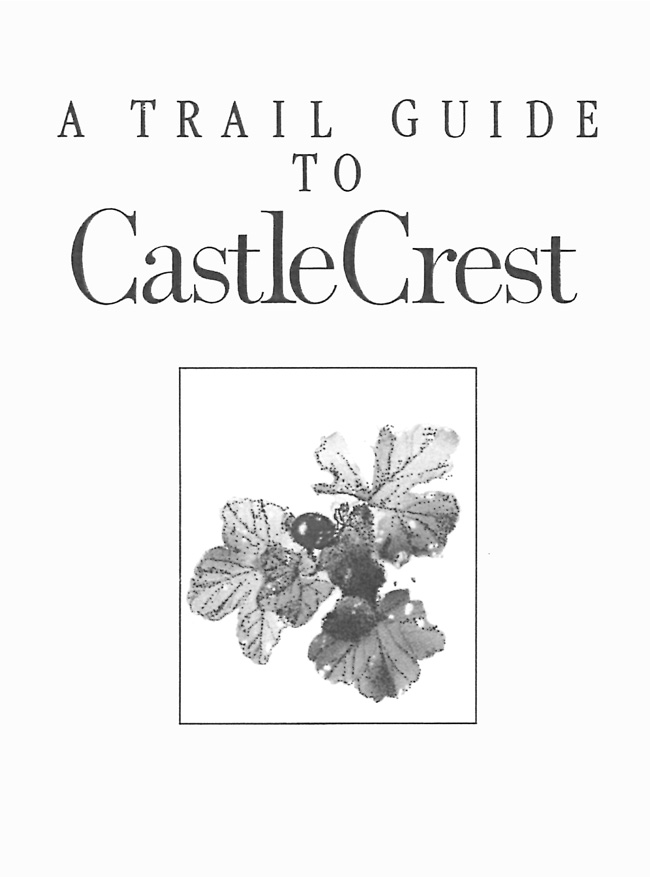No new trail construction took place at Crater Lake during the first decade that followed park expansion, even though hiking in the park maintained its popularity. Three short loop trails, however, became the subjects of individual four-color interpretive booklets written in 1982 and published by the Crater Lake Natural History Association. Joining the Castle Crest Wildflower Garden and Godfrey Glen Trail in this group was the Annie Creek Canyon Trail, even though it received substantial repair work and some realignment during the summer of 1983.187 A revised guide to the park’s trails also appeared that summer, somewhat coincident with a new guide to Crater Lake that focused on hiking and natural history, but also included adjacent trails in the upper Rogue Basin, as well as those in the roadless Sky Lakes area and the Mountain Lakes Wilderness.188 Despite the interest generated by availability of these guides and the possibilities presented by an expanded park, the NPS made no moves toward building new trails during the 1980s. It instead allocated the rather meager funding for trails to maintenance of existing routes, apart from some reconstruction of the lower switchbacks on the Cleetwood Cove Trail.189
 |
| Cover of one trail brochure produced through the Crater Lake Natural History Association, 1983. |
Opening the Cleetwood Cove Trail each spring continued to be the trail crew’s top priority, followed by removing snow from the Victor Rock Trail so that visitors could access the Sinnott Memorial at Rim Village. They routinely cleared other trails, though depending on available funds and yearly snow conditions, maintenance of some former motorways in the backcountry (apart from the PCT route) was more sporadic. Small projects during the 1980s included installation of several wooden guardrails impregnated with creosote along the Garfield Peak Trail and on the rim at Sun Notch. For the most part, however, the emphasis of park facility management remained squarely on new building construction or rehabilitation of offices and staff housing.
A brief resurgence of interest in trails came in the summer of 1991 as part of a community outreach effort led by Acting Superintendent Ben Ladd. The NPS reopened the motorways forming what was called the “Bald Crater Loop” in the park’s northwest quadrant and the “Stuart Falls Trail” (formerly a segment of the PCT) to equestrian use in exchange for the horse groups monitoring impacts.190 Ladd also seized an opportunity to work with staff on the Winema National Forest and develop a trail suitable for hikers and mountain bike riders. It connected the Pinnacles Overlook with trailhead parking on national forest land adjacent to the park’s east entrance, a distance of one half mile. Although this trail primarily utilized the old roadbed linking the two terminal points, it also included pullouts built by the NPS trail crew to handicapped accessible overlooks located along that part of Wheeler Creek Canyon.191

